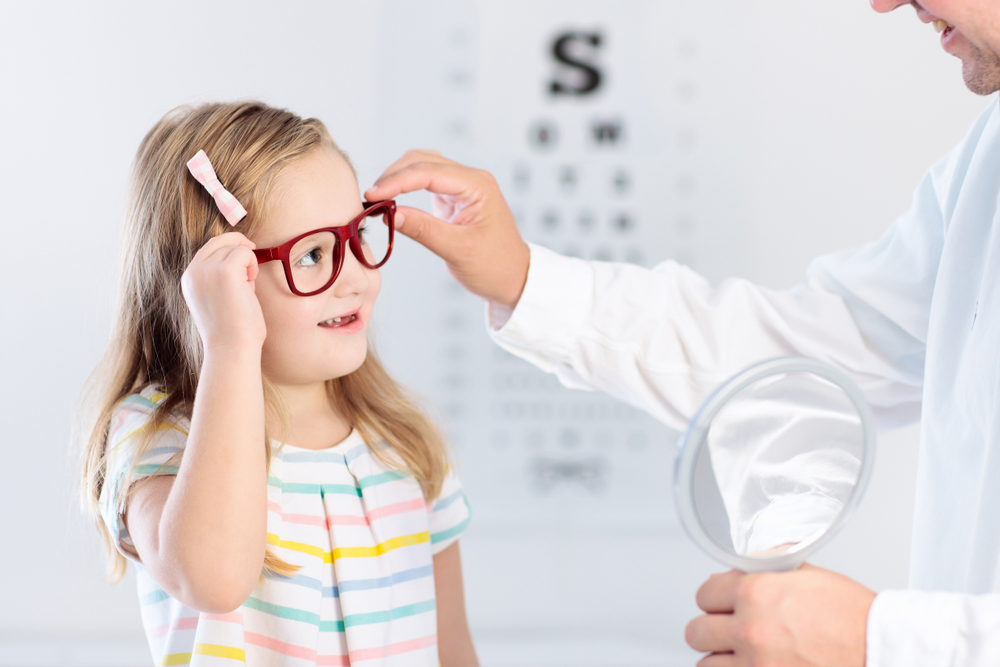
As children grow and develop, their vision plays a vital role in their ability to learn, explore, and interact with the world. Good eyesight is essential for academic performance, social development, and overall well-being. However, many vision issues in children go undetected because they may not recognize that their vision is impaired. Pediatric eye care is crucial in ensuring children have the visual tools they need to succeed.
The Link Between Vision and Learning
A child’s vision is directly connected to their ability to learn. Studies suggest that approximately 80% of classroom learning is visual. If a child struggles to see the board, read books, or focus on digital screens, it can affect their academic progress. Symptoms of undiagnosed vision problems may include:
• Frequent headaches
• Difficulty concentrating
• Holding books or devices too close
• Squinting or rubbing the eyes
• Skipping lines or losing place while reading
Routine pediatric eye exams ensure that children are equipped with the proper prescription lenses or treatments to prevent learning disruptions.
The Importance of Early Eye Exams
Many vision problems begin in early childhood, and detecting them as soon as possible can prevent long-term complications. The American Optometric Association (AOA) recommends that children have their first comprehensive eye exam at six months of age, followed by another at age three, and again before they begin school. Regular check-ups allow eye doctors to monitor vision development and catch any issues early.
Common childhood vision problems include:
• Refractive errors – Conditions like nearsightedness, farsightedness, and astigmatism can make it difficult for children to see clearly.
• Amblyopia (lazy eye) – When one eye is weaker than the other, early intervention is necessary to strengthen vision in the affected eye.
• Strabismus (crossed eyes) – Misalignment of the eyes can cause depth perception issues and may require treatment such as vision therapy or corrective lenses.
• Convergence insufficiency – A condition that affects the eyes’ ability to work together, which can impact reading and near vision tasks.
Protecting Children’s Eyes in a Digital World
With the rise of digital devices, children are spending more time on screens than ever before. Excessive screen time can contribute to digital eye strain, dry eyes, and myopia (nearsightedness). Parents can help protect their child's vision by encouraging:
• The 20-20-20 rule (taking a 20-second break every 20 minutes by looking at something 20 feet away).
• Outdoor play to support eye health and reduce myopia progression.
• Proper lighting and screen positioning to minimize eye strain.
Schedule Your Child’s Eye Exam Today
Children’s vision is an essential part of their overall development, and regular pediatric eye exams play a crucial role in ensuring they see clearly and comfortably. Many eye conditions, if detected early, can be treated effectively, preventing long-term complications. By prioritizing your child’s eye health, you set them up for success in school, sports, and everyday life.
At Lotus Eyecare, we specialize in comprehensive pediatric eye care to safeguard your child’s vision. Visit our office in Frisco, Texas, or call (972) 334-9095 to schedule an appointment to ensure their eyesight is on the right track for a bright future.








